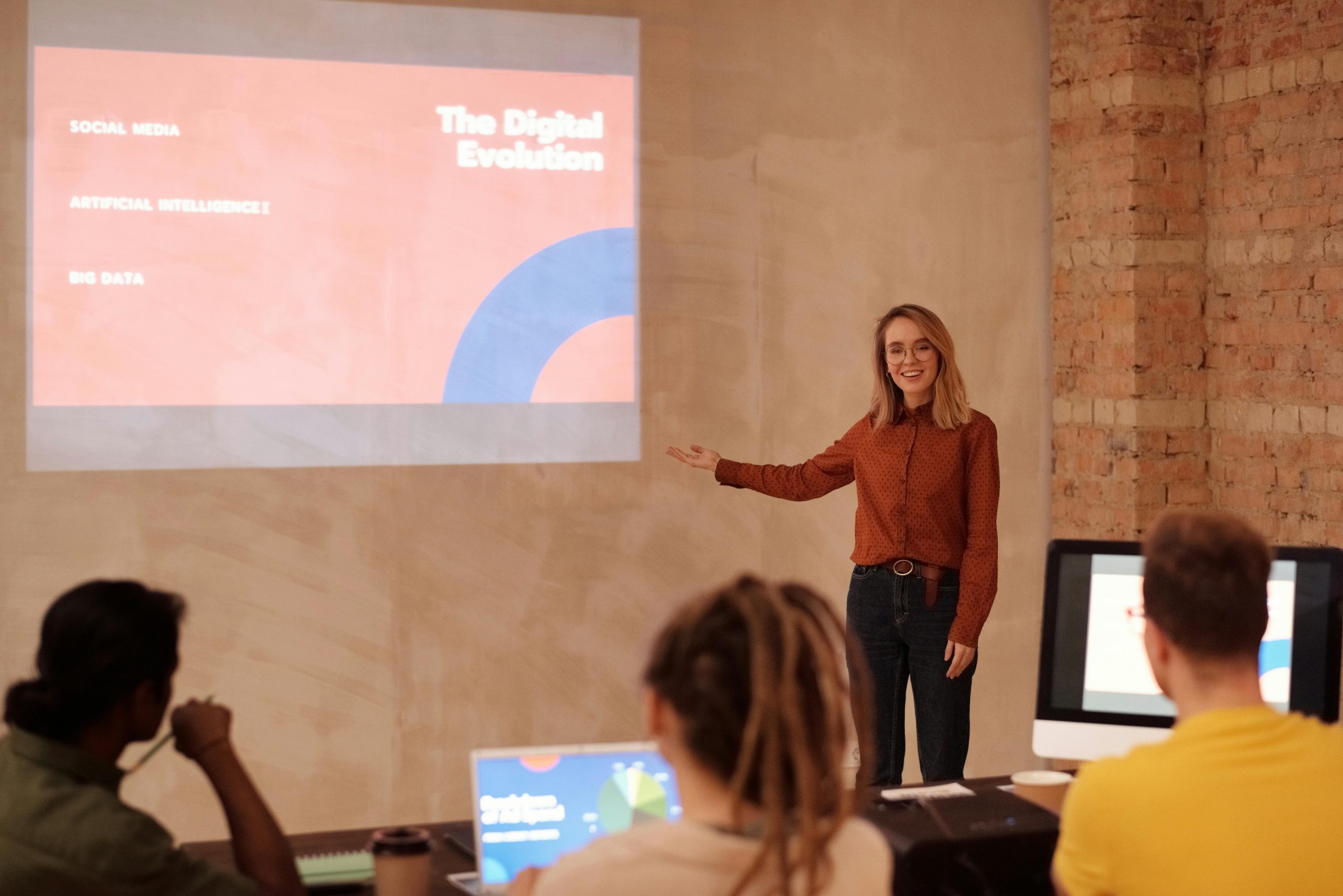AI Ethics in 2025: Privacy, Bias, and Responsibility
Imagine a world where AI decides if you get a job, a loan, or even the right medical treatment. This isn’t a distant dream, it’s where we’re heading in 2025. As artificial intelligence (AI) weaves itself into our daily lives, it brings incredible benefits but also big ethical challenges.
In this blog post, we’ll dive into three critical areas of AI ethics: privacy, bias, and responsibility. We’ll explore what these issues mean, why they matter, and how we’re tackling them in 2025, all in a way that’s easy to understand and packed with real-world insights.

Why AI Ethics Matter in 2025
AI is no longer just a buzzword, it’s in your smartphone, your car, and even your doctor’s office. But as AI gets smarter, we need to make sure it’s used responsibly. Privacy, bias, and responsibility are at the heart of AI ethics, shaping how we protect our data, ensure fairness, and hold the right people accountable. Let’s break it down.
Privacy in AI: Keeping Your Data Safe
AI thrives on data, tons of it. From your social media posts to your health records, AI systems scoop up personal details to learn and improve. But this raises a huge question: how do we keep our privacy intact in an AI-driven world?
The Privacy Challenge
Every click, search, or purchase you make leaves a digital trail. AI uses this data to predict your behavior or offer personalized services. Sounds great, right? But there’s a catch. If this data falls into the wrong hands, think hackers or shady companies, it can lead to breaches, identity theft, or misuse. Privacy in AI isn’t just a tech problem; it’s a human rights issue.
Laws Stepping Up
Governments aren’t sitting still. The General Data Protection Regulation (GDPR) in Europe and the California Consumer Privacy Act (CCPA) in the U.S. are leading the charge. These laws force companies to be upfront about how they use your data and let you say “no” if you don’t like it. By 2025, expect these rules to get tougher, with new laws targeting AI-specific privacy risks, like how machine learning handles sensitive info.
Tech to the Rescue
Beyond laws, technology is stepping in to protect your data:
Federated Learning: AI learns from your data without it leaving your phone or laptop. It’s like teaching AI locally without shipping your secrets to the cloud.
Differential Privacy: This scrambles your data just enough so AI can still use it, but no one can trace it back to you.
Homomorphic Encryption: A cutting-edge trick that lets AI analyze encrypted data without ever unlocking it. It’s still evolving, but it could be huge by 2025.

Real-World Case
Picture a hospital using AI to predict patient health risks. It needs your medical history, super private stuff. In 2025, privacy-preserving tools like federated learning could let the AI do its job without exposing your records, keeping both your health and privacy safe.
Bias in AI: Ensuring Fairness for All
AI might seem objective, but it’s not. It learns from data, and if that data reflects human biases, the AI will too. This can lead to unfair decisions that hurt people in areas like hiring, lending, or even policing.
Where Bias Comes From
Bias sneaks into AI in two main ways: the data and the design. If the data is skewed, like job applications mostly from one group, the AI picks up that pattern. Poorly designed algorithms can also amplify these flaws, making the problem worse.
Examples of Bias in Action
Hiring Gone Wrong: Back in 2018, Amazon ditched an AI recruiting tool that favored men. Why? It was trained on resumes from a male-dominated past, so it learned to skip women. Oops.
Policing Pitfalls: Predictive policing AI uses crime stats to flag “hotspots.” But if those stats reflect biased policing, the AI might unfairly target certain communities, making inequality worse.
Fixing the Problem
The good news? We’re fighting back:
Diverse Data: Training AI on datasets that mirror real-world diversity helps cut down on bias.
Fairness Algorithms: These tweak AI to ensure decisions don’t favor one group over others.
Tools Like AI Fairness 360: IBM’s toolkit lets developers spot and fix bias in their models.
By 2025, more companies might adopt these solutions, but bias is a stubborn beast. It’ll take constant effort to keep AI fair.
Responsibility in AI: Who’s Accountable?
When AI messes up, who takes the blame? The coder? The company? The AI itself? This is a puzzle we’re still solving in 2025.

The Accountability Gap
AI can be a “black box”; even its creators don’t always know how it decides things. This makes it tough to point fingers when something goes wrong, like a bad loan decision or a car crash caused by an autonomous vehicle.
Transparency Is Key
Enter explainable AI (XAI). This approach makes AI’s decisions clearer to humans. If we can see why AI did what it did, we can trust it more and figure out who’s responsible when it fails.
Rules and Oversight
Governments and companies are getting serious:
Regulations: The European Union is pushing rules to make high-risk AI transparent and accountable. More countries might follow by 2025.
Ethics Boards: Big tech firms are setting up teams of experts, think ethicists and lawyers, to guide AI development and catch problems early.
A What-If Scenario
Imagine a self-driving car hits someone. Is it the manufacturer’s fault? The software team’s? The owner’s? In 2025, we’re working toward answers, but one thing’s certain: we need clear rules to close the responsibility gap.
Conclusion: Shaping an Ethical AI Future
AI ethics in 2025 is a balancing act. Privacy, bias, and responsibility are tricky challenges, but they’re also chances to get things right. Protecting our data with laws and tech, tackling bias with better tools, and pinning down accountability with transparency and rules, these are the steps toward an AI-powered world that’s fair and safe.
The road ahead needs everyone: tech wizards, lawmakers, ethicists, and even you. AI isn’t just about smarter machines, it’s about building a future where those machines lift us all, ethically and responsibly.





